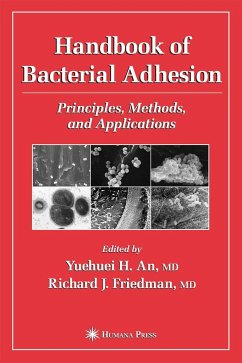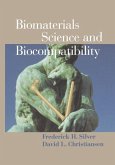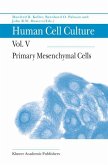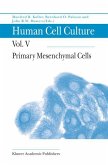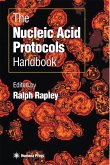Research on bacterial adhesion and its significance is a major field involving many different aspects of nature and human life, such as marine science, soil and plant ecology, most importantly, the biomedical field. The adhesion ofbacteria to the food industry, and human tissue surfaces and implanted biomaterial surfaces is an important step in the patho genesis of infection. Handbook 0/ Bacterial Adhesion: Principles, Methods, and Applications is an outgrowth of the editors' own quest for information on laboratory techniques for studying bacte rial adhesion to biomaterials, bone, and other tissues and, more importantly, a response to significant needs in the research community. This book is designed to be an experimental guide for biomedical scientists, biomaterials scientists, students, laboratory technicians, or anyone who plans to conduct bacterial adhesion studies. More specifically, it is intended for all those researchers facing the chal lenge of implant infections in suchdevices as orthopedic prostheses, cardiovascular devices or catheters, cerebrospinal fluid shunts or extradural catheters, thoracic or abdominal catheters, portosystemic shunts or bile stents, urological catheters or stents, plastic surgical implants, oral or maxillofacial implants, contraceptive implants, or even contact lenses. It also covers research methods for the study of bacterial adhesion to tis sues such as teeth, respiratory mucosa, intestinal mucosa, and the urinary tract. In short, it constitutes a handbook for biomechanical and bioengineering researchers and students at all levels.
"Techniques used to study adhesion of microbes to a wide variety of different surfaces of medical significance are presented. . .The diversity of different microbe-surface interactions covered is probably the most unique aspect of the text. . .This book is a broad survey of techniques and approaches used to study bacterial adhesion, with a heavy emphasis on topics of medical significance. The emphasis on approaches and techniques to study adhesion distinguishes this book from others that deal with the mechanisms of bacterial adhesion. . . the text will provide a useful resource for researchers studying bacterial adhesion."-Doody's Health Sciences Book Review Journal

